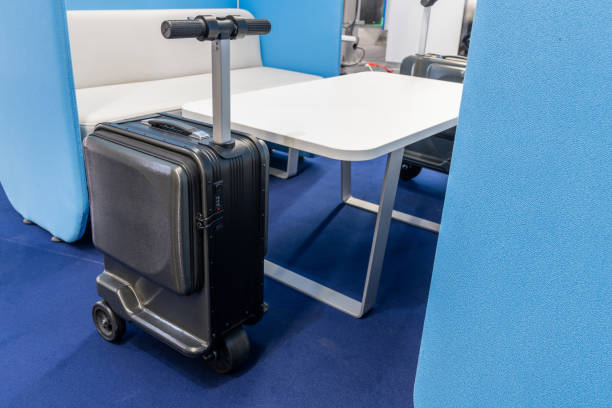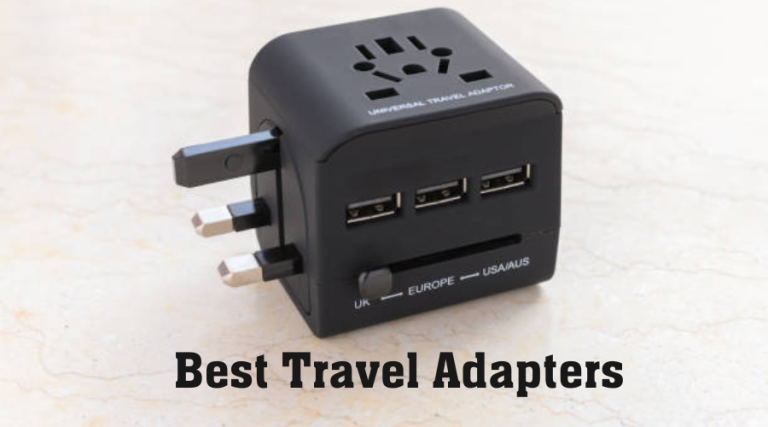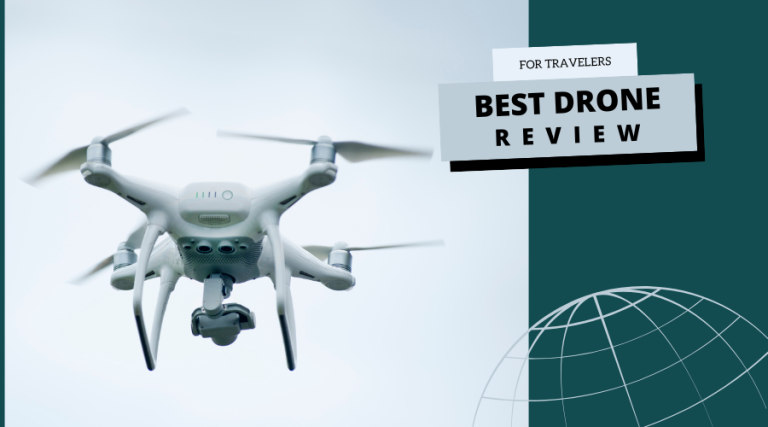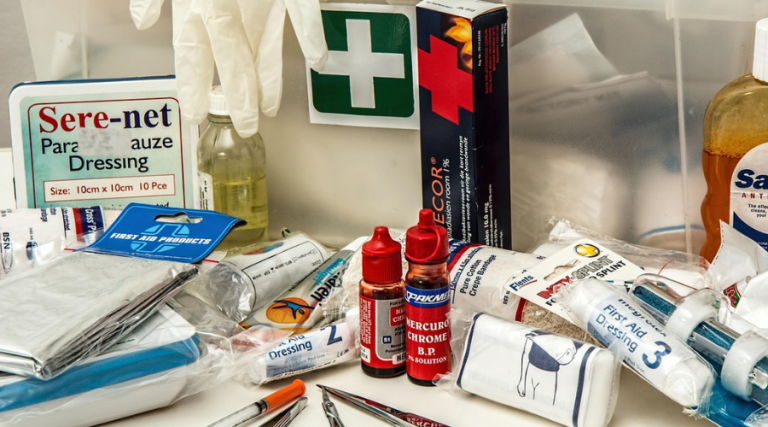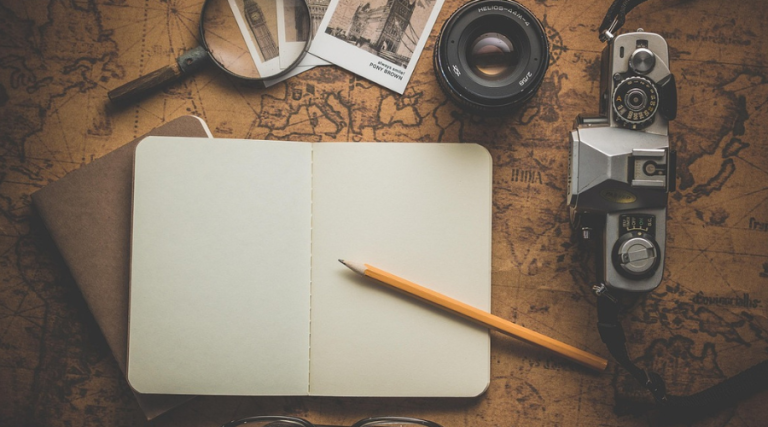How to Pack a Backpack for Travel: Your Ultimate Guide
How to Pack a Backpack for Travel
Packing a backpack for travel isn’t just about stuffing everything in; it’s an art form that can significantly impact your comfort and enjoyment on the road. A strategically packed bag feels lighter, keeps your essentials accessible, and protects your belongings. Let’s dive into how to master the art of backpack packing.
1. The Golden Rule: Less is More
Before you even start, lay out everything you think you need. Now, ruthlessly cut it in half. Seriously. Most travelers overpack. You can buy almost anything you need on the road, and the freedom of a lighter load is invaluable.
- Consider your trip duration and destination: A weekend city break requires less than a month-long backpacking trip through Southeast Asia.
- Check the weather forecast: Pack accordingly. Layers are your friend.
- Think multi-purpose: Can one item serve several functions?
- Laundry access: Will you have access to laundry facilities? This can drastically reduce the amount of clothing you need.
2. Choose the Right Backpack
Your backpack is your mobile home, so choose wisely.
- Size: For most travelers, a 40-60 liter backpack is ideal for trips lasting more than a few days. Anything larger becomes cumbersome.
- Fit: Ensure it fits your torso length and hip size. A well-fitting pack distributes weight to your hips, not your shoulders.
- Features: Look for multiple compartments, external pockets for quick access, and comfortable, padded straps and hip belt. Front-loading (duffel-style opening) backpacks are often easier to pack and access than top-loading ones.
3. The Packing Strategy: Layers and Logic
Think of your backpack as having three zones: bottom, middle, and top.
- Bottom Zone (Least Accessed, Bulkiest):
- Sleeping bag/liner: If you’re carrying one.
- Off-season clothing: Or clothing you won’t need immediately.
- Extra shoes: Or bulkier items you won’t need until you arrive.
- Pro Tip: Pack these items in a stuff sack or compression bag to save space.
- Middle Zone (Heaviest Items, Close to Your Back):
- Toiletries bag: Consider hanging ones for easy access in small bathrooms.
- First-aid kit: Essential for any trip.
- Heavier clothing items: Jeans, sweaters, etc.
- Electronics: Laptops, cameras (ensure they are well-padded).
- Pro Tip: Placing heavier items closer to your back and in the middle of the pack helps maintain balance and reduces strain.
- Top Zone (Most Accessed, Lighter Items):
- Toiletries for daily use: Toothbrush, small shampoo, etc.
- Snacks: For easy access during travel.
- Light jacket/rain shell: For quick retrieval in changing weather.
- Documents/wallet: Keep these in a secure, easily accessible pocket (not necessarily the main compartment).
- Small daypack: If you’re carrying one, this can be squashed here.
- Pro Tip: Use packing cubes or separate pouches to organize these smaller items, making them easy to find.
4. Optimize Space: The Rolling vs. Folding Debate
- Rolling: Rolling clothes tightly is generally more space-efficient and helps prevent wrinkles.
- Folding: Folding works well for bulkier items that don’t roll easily.
- Packing Cubes/Compression Sacks: These are game-changers!
- Packing cubes: Organize your clothes by type (shirts in one, pants in another) and make it easy to find what you need without rummaging.
- Compression sacks: Literally compress air out of bulky items like jackets or sweaters, saving significant space.
5. Utilize All Pockets and Straps
- External Pockets: Ideal for water bottles, sunscreen, guidebooks, and items you need to grab quickly without opening your main compartment.
- Hip Belt Pockets: Perfect for your phone, cash, lip balm, and other small essentials you want immediately accessible.
- Lash Straps/Loops: Use these for attaching items that don’t fit inside (like a yoga mat or a wet towel, though be mindful of snagging).
6. Don’t Forget the Essentials (No Matter What)
- Documents: Passport, visa, flight/accommodation confirmations, travel insurance details (digital and physical copies).
- Medication: Any prescription meds, plus a basic first-aid kit.
- Adapter/Chargers: For all your electronics.
- Reusable water bottle: Eco-friendly and saves money.
- Small towel: Quick-drying microfibre towels are excellent.
- Eye mask and earplugs: For a good night’s sleep on planes, trains, or in noisy hostels.
- Padlock: For hostel lockers or securing your bag.
7. A Few More Smart Packing Tips
- Wear your bulkiest items: Wear your heaviest shoes, jacket, or jeans on travel days to save space in your bag.
- Travel-size toiletries: Decant liquids into smaller bottles or opt for solid shampoo bars.
- Plastic bags: Bring a few for dirty laundry, wet swimwear, or trash.
- Leave room for souvenirs: You’ll likely pick up a few things along the way!
- Practice pack: Do a trial run at home. Put everything in, walk around, and see how it feels. This helps you identify what you truly need and what you can leave behind.
By following these tips, you’ll be well on your way to becoming a packing pro, ensuring your backpack is a helpful companion rather than a cumbersome burden on your travels. Happy adventuring!

